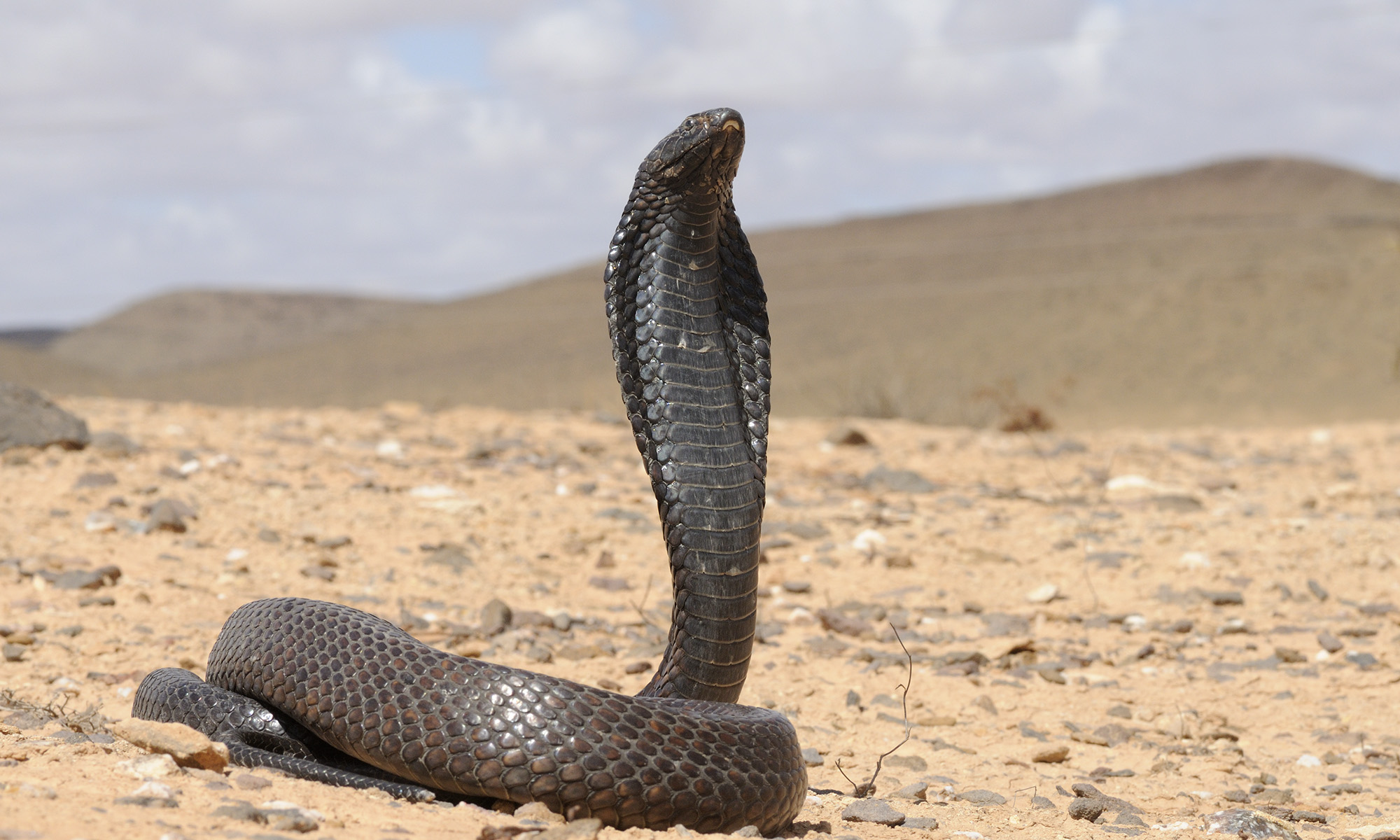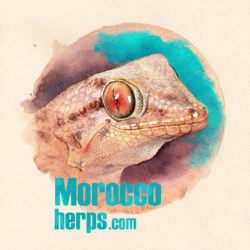www.moroccoherps.com has established a partnership with Encyclopedia of Life whereby www.moroccoherps.com becomes eol.org content partner. Under this agreement, part of the contents of www.moroccoherps.com will be licensed under a Creative Commons license. We believe this collaboration will help to increase significantly the visibility of our project (Encyclopedia of Life receives over one million visits per month) which will contribute to achieving our goals, promote awareness and protection of the herpetofauna of NW Africa.

From Wikipedia:
The Encyclopedia of Life (EOL) is a free, online collaborative encyclopedia intended to document all of the 1.9 million living species known to science. It is compiled from existing databases and from contributions by experts and non-experts throughout the world. It aims to build one “infinitely expandable” page for each species, including video, sound, images, graphics, as well as text. In addition, the Encyclopedia incorporates content from the Biodiversity Heritage Library, which digitizes millions of pages of printed literature from the world’s major natural history libraries. The project was initially backed by a US$50 million funding commitment, led by the MacArthur Foundation and the Sloan Foundation, who provided US$20 million and US$5 million, respectively. The additional US$25 million came from five cornerstone institutions – the Field Museum, Harvard University, the Marine Biological Laboratory,the Missouri Botanical Garden, and the Smithsonian Institution. Today, participating institutions and individual donors continue to support EOL through financial contributions.
EOL went live on 26 February 2008 with 30,000 entries. The site immediately proved to be extremely popular, and temporarily had to revert to demonstration pages for two days when it was overrun by traffic from over 11 million views it received.
The site relaunched on 5 September, 2011 with a redesigned interface and tools. The new version –referred to as EOLv2– was developed in response to requests from the general public, citizen scientists, educators and professional biologists for a site that was more engaging, accessible and personal. EOLv2 is redesigned to enhance usability and encourage contributions and interactions among users. The product is also internationalized with interfaces provided for English, German, Spanish, French, Galician, Serbian, Macedonian and Arabic language speakers.
The initiative’s Executive Committee includes senior officers from the Atlas of Living Australia, the Biodiversity Heritage Library consortium, the Chinese Academy of Sciences, CONABIO, Field Museum, Harvard University, the Bibliotheca Alexandrina (Library of Alexandria), MacArthur Foundation, Marine Biological Laboratory, Missouri Botanical Garden, Sloan Foundation, and the Smithsonian Institution.

